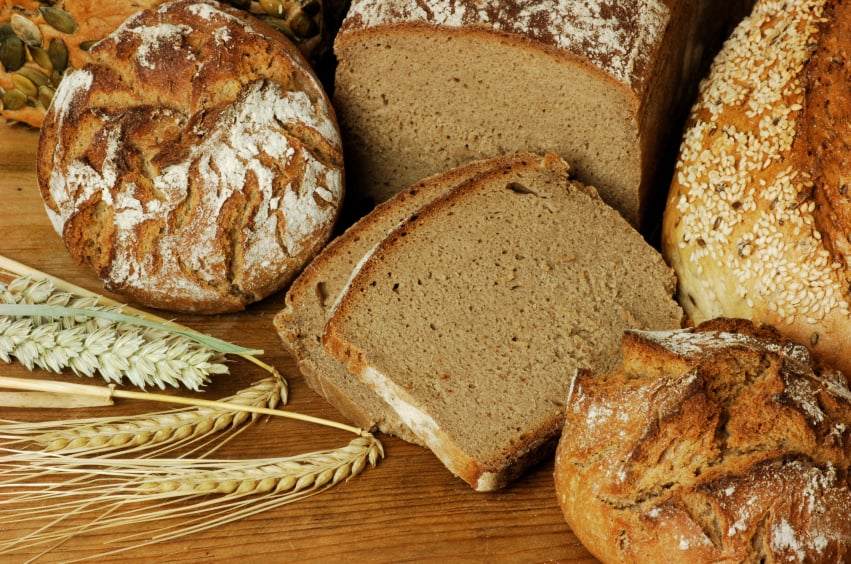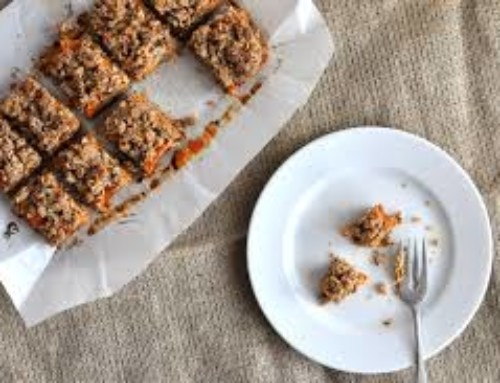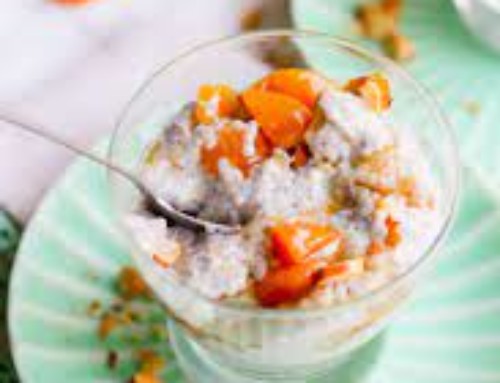Gluten is a mixture of proteins found in wheat, barley, rye; and in oats when there is cross contamination with wheat. Gluten gives dough that stringy elasticity and makes it rise. When certain proteins in gluten come in contact with the lining of the gut in people with gluten intolerance, they cause significant damage that can result in myriad health problems.
The wheat we eat today is very different from the ancient varieties. As a result of genetic manipulation, it contains far more gluten. We’re also eating a lot more of it! Surprisingly, all humans have difficulty completely digesting gluten. That’s because most protein foods we consume are broken down during digestion into single amino acids or two amino acid molecules – called dipeptides – that are easily absorbed by the small intestine.
Gluten is different. Some of the amino acids in gluten remain intact during digestion and are perceived by the body as foreign invaders. This triggers an immune reaction in sensitive individuals that results in intestinal damage. But if we all have trouble digesting gluten, why do some people react to gluten while others do not? Scientists don’t have all of the answers, but gluten intolerance appears to be the result of a complex interplay between genetics and environment.
The effects of gluten on the gut are extremely serious in people with gluten intolerance. That’s because the small intestine is the major site of digestion in the body; where food is broken down so that it can be used to build and nourish cells, and to provide energy.
To help the body digest and absorb nutrients from food, the small intestine is covered with villi – tiny, fingerlike projections that give the gut wall a velvety appearance. Their job is so critical to our health that they have an absorptive surface area equivalent to that of a tennis court! In addition to their digestive functions, the villi also act as a barrier keeping bacteria, toxins, incompletely digested nutrients and other foreign substances out of the bloodstream.
When the villi are damaged or destroyed by gluten, the intestinal lining becomes inflamed and begins to break down. Without healthy villi the body has considerably less surface area with which to absorb nutrients. This leads to malnourishment, no matter how much food is consumed. Damaged villi also lose their ability to keep unwanted substances out of the bloodstream. Depending on the extent of the intestinal damage, incompletely digested food particles, disease-causing bacteria and potentially toxic molecules can “leak” into the bloodstream where they are transported to other parts of the body. The damage can be widespread. Gluten has been linked to osteoporosis, irritable bowel disease, inflammatory bowel disease, anemia, cancer, fatigue, canker sores, neurological disorders and nearly all autoimmune diseases.
The key to treatment for gluten intolerance is to completely remove all gluten from the diet. Be patient. The inflammation caused by gluten takes a period of time to abate, and the body needs time to rebalance and heal. Supportive treatments to reduce inflammation, restore and balance the damaged organ system, and replenish deficient nutrients will result in more rapid and complete healing of damage done.
Going “gluten-free” means avoiding foods that contain wheat, rye and barley. This may seem simple enough, but gluten is actually a hidden ingredient in many processed foods, medications and even lipstick! Don’t hesitate to check with the manufacturer if you have questions. Remember that even trace amounts of gluten can trigger an immune reaction that results in intestinal damage. To avoid gluten you need to be meticulous about reading labels to find hidden sources.
That’s the bad news. The good news is that many delicious and nutritious foods are naturally gluten-free, including fresh vegetables and fruits; beans, nuts and seeds in their natural state; fresh eggs; unadorned meats, fish and poultry (not breaded or marinated); and most dairy products. There are also several healthy, delicious gluten-free grains to enjoy such as amaranth, brown rice, buckwheat, corn, millet, quinoa and teff.
The best way to implement a healthy, well-balanced gluten-free diet is to stick to fresh, whole foods. Use herbs to spice up main dishes, snack on fresh vegetables and fruits and make homemade energy bars with raw nuts and seeds. Avoid processed gluten-free foods whenever possible. Just because the package says “gluten-free” doesn’t necessarily mean it’s healthy. Be especially wary of gluten-free convenience foods such as crackers, cookies, cake mixes, etc. They can be loaded with refined sugar, unhealthy fats and artificial colors and flavors.
Contact me to schedule an appointment today if you think gluten is making you sick.
Until next time, make every bite count!








Leave A Comment
You must be logged in to post a comment.